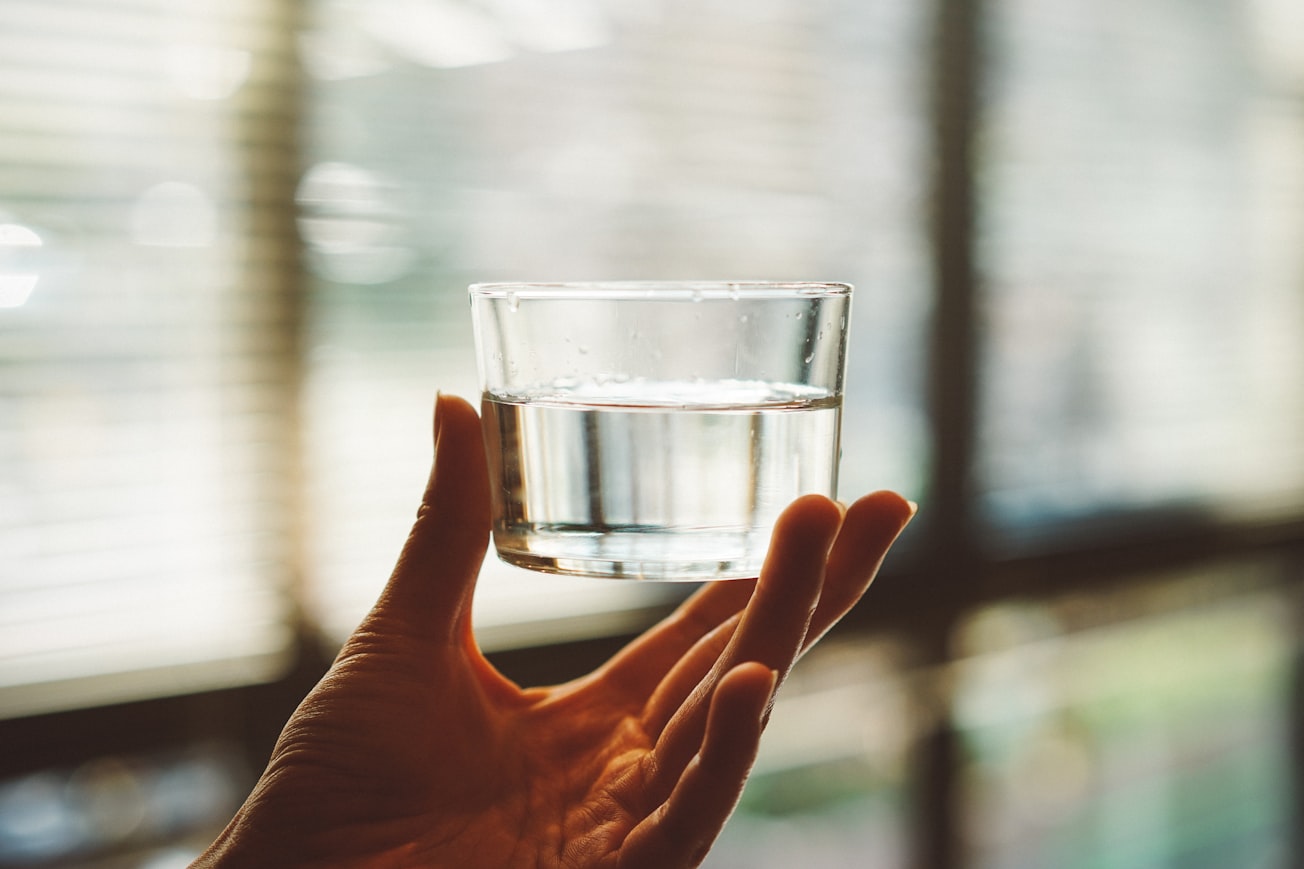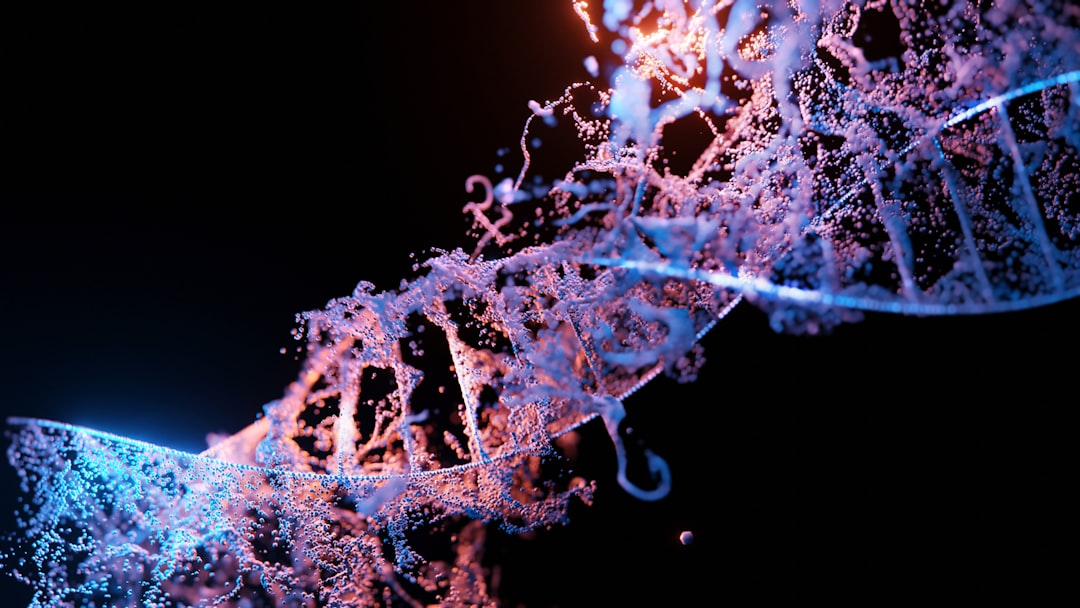What is it about?
This study aimed to fabricate and test hydrophobic electrospun nanostructures of the thinnest fiber diameter and ample surface area to volume ratio for more adsorption sites. To remove estrogenic hormones from wastewater, we focused on using nanostructured membranes constructed from polymers with strong sorption activity. The goal was to simultaneously adsorb multiple estrogenic hormones from wastewater at neutral pH in a one-step procedure and quantify by HPLC. To understand the characteristics, interactions mechanisms involved, further investigated the feasibility of the results using the experimental data to determine adsorption capacity with contact time and measure kinetics with appropriate models of pseudo-first-order, pseudo-second-order, intraparticle diffusion, Elovich, and fractional power models. Furthermore, we looked one way variance in ANOVA for optimized adsorption process by varying conditions such as pH, temperature, concentration of adsorbate, and adsorbent dosage to determine a suitable Isothermal model and thermodynamics. Finally, the research evaluated the reusability of prepared spun fibers over six adsorption-desorption cycles to determine their consistent effectiveness and recovery of estrogenic hormones by static test.
Featured Image

Photo by Manki Kim on Unsplash
Why is it important?
Estrogenic hormones as micropollutants in water systems cause severe adverse effects on human health and marine life, leading to fatal diseases such as breast, ovarian, and prostate cancer. This is because of their minuscule concentrations which is difficult to detect and quantify. Hence a proper method for quantification, removal and proper disposal of these hormones is required.
Perspectives
The results indicate that spun nanofibers can be an efficient adsorbent in the simultaneous elimination of estrogens from wastewater and exhibits high regeneration performance after six adsorption-desorption cycles. This is because electrospun polymers have proven high stability and impressive performance in adsorption removal. Therefore, these nanofibers can be used for efficient wastewater remediation on large scale.
Muhammad Yasir
Read the Original
This page is a summary of: The adsorptive behaviour of electrospun hydrophobic polymers for optimized uptake of estrogenic sex hormones from aqueous media: kinetics, thermodynamics, and reusability study, Journal of Chemical Technology & Biotechnology, August 2022, Wiley,
DOI: 10.1002/jctb.7191.
You can read the full text:
Contributors
The following have contributed to this page










